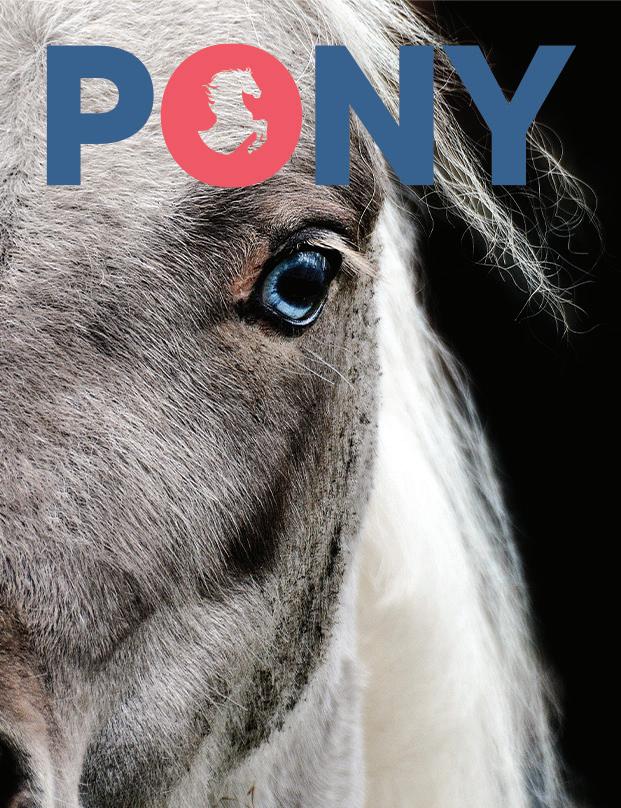
12 | MAY 2022
EDITION
We take pride in our quality, personalised friendly service and uniqueness. No order is too big or too small. Embroidery is offered on all items. Let us design your yard’s numnahs, shirts, daysheets and ears
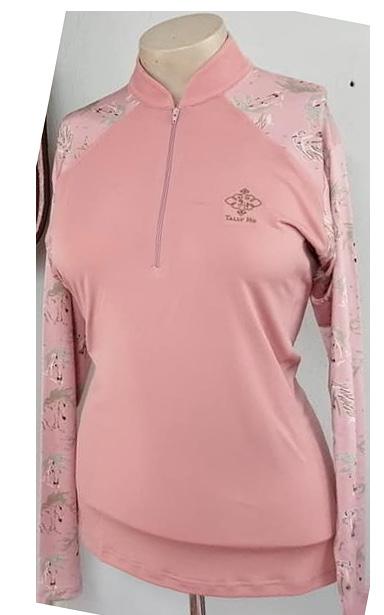

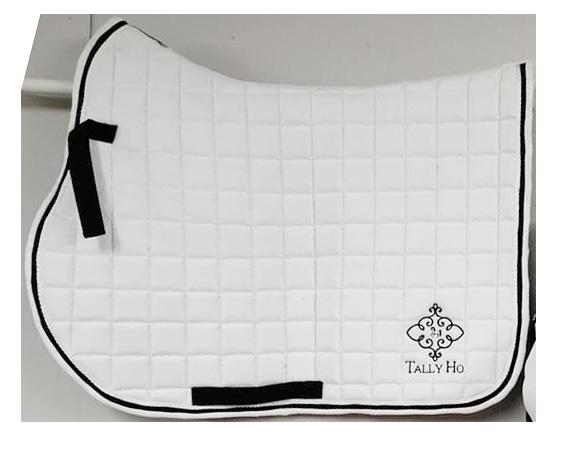
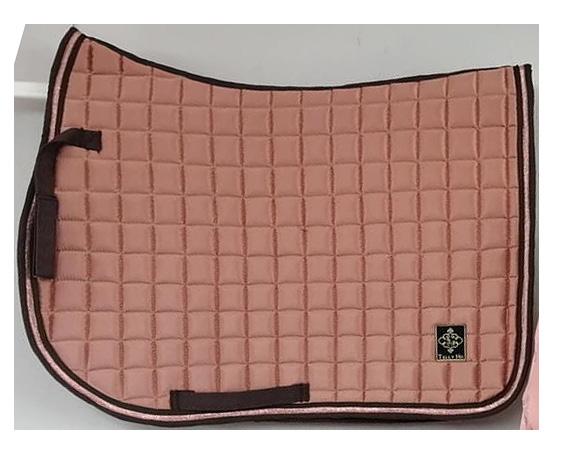
Whether it's for shows or daywear this is the place to buy your goods. We have stunning prints, colours, shapes and designs to choose from.

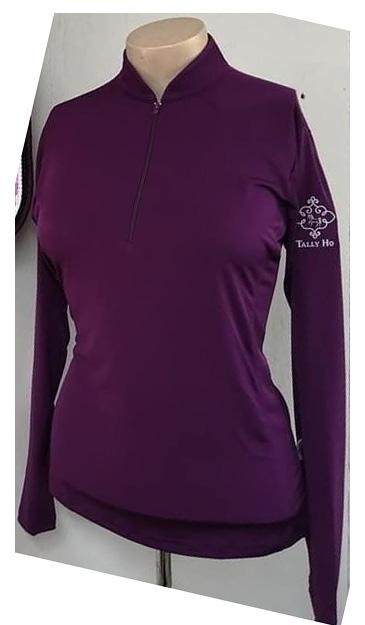


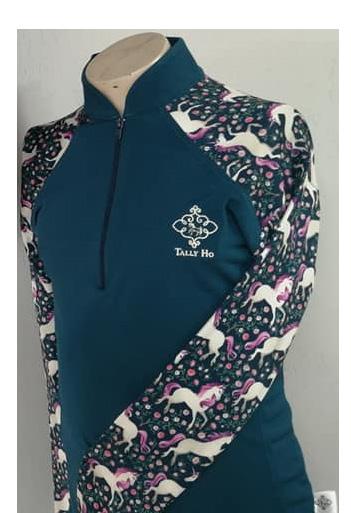
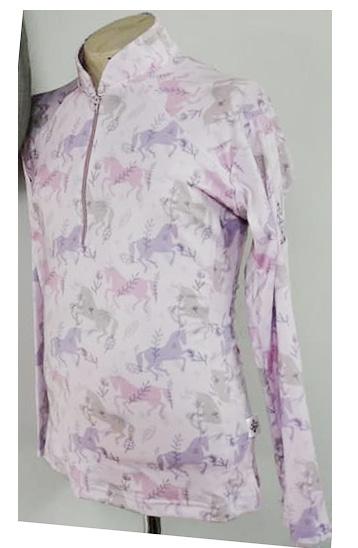

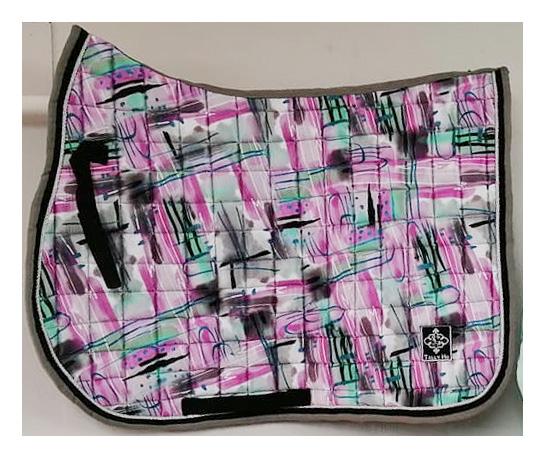


083 357 3799 mcleankeesha@yahoo.ie
Hello!
And welcome to the May edition of HQ Pony Magazine.
We’ve got lots of VERY cool content for you this month, including a breed profile of the Lusitano, an article on rising trot WITHOUT stirrups and plenty of puzzles to keep you busy.
There are lots of exciting things happening in the horsey world right now, and we’ll be covering as many of them as possible over the next few weeks and months.
Check out our Facebook and Instagram accounts to stay posted on our latest updates. We’ll be posting regularly there with news from the HQ Pony Team and filling you in on ALL the best pony info.
Happy horsing HQ Pony readers! We’ll see you next month!
With much love, Lizzie and the HQ Pony Team xxx

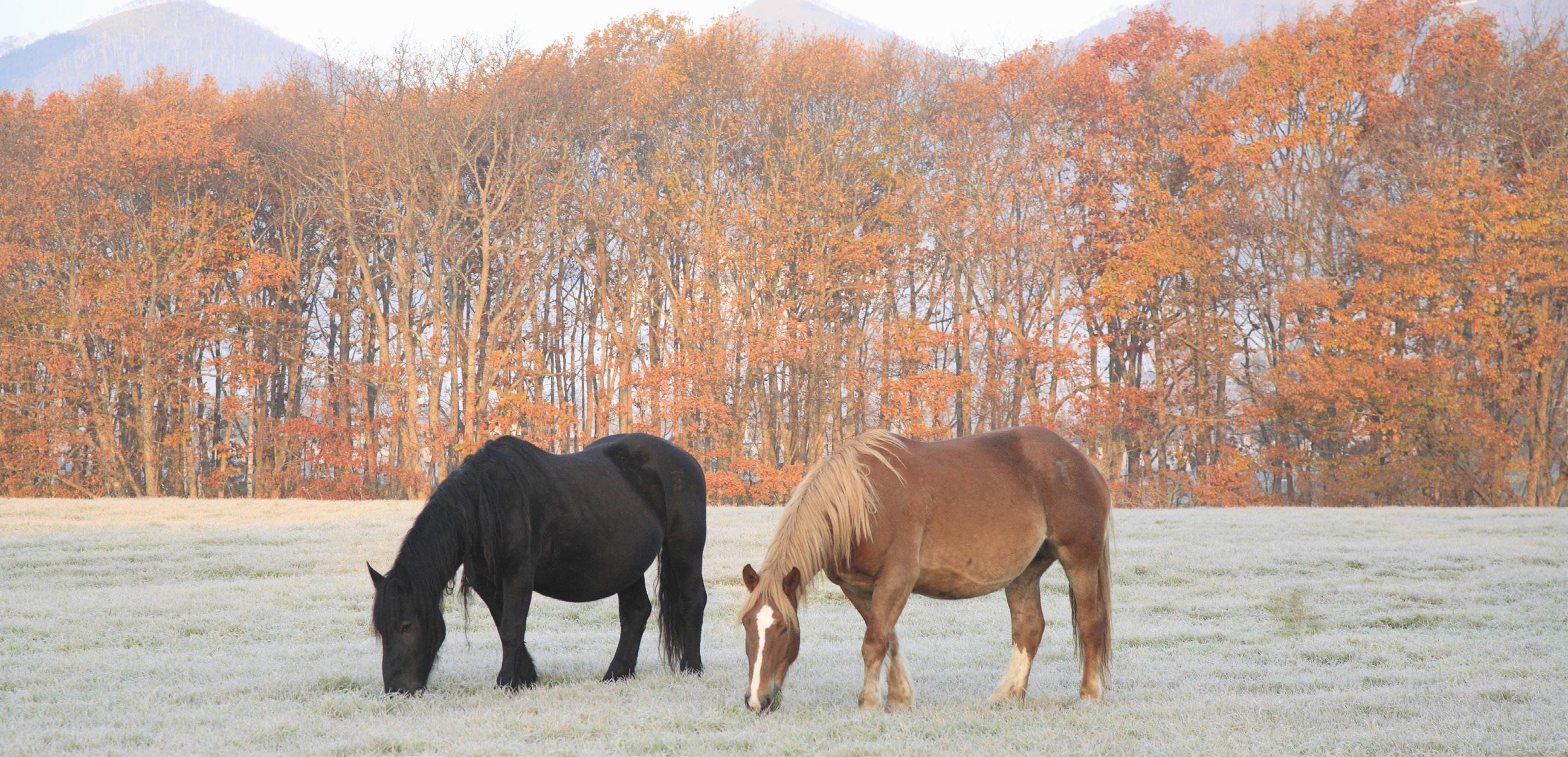
These boots 1 Rising trot without stirrups 5 Carrot stretches 7 What is polocrosse 11 Did you know? 13 Horse and Pony Breeds: 11. Mustangs 15 Did you know? 19 Products we love 21 Q&A 22 Puzzle fun 25 Next issue 39
For a Softer, Happier & more Relaxed pony
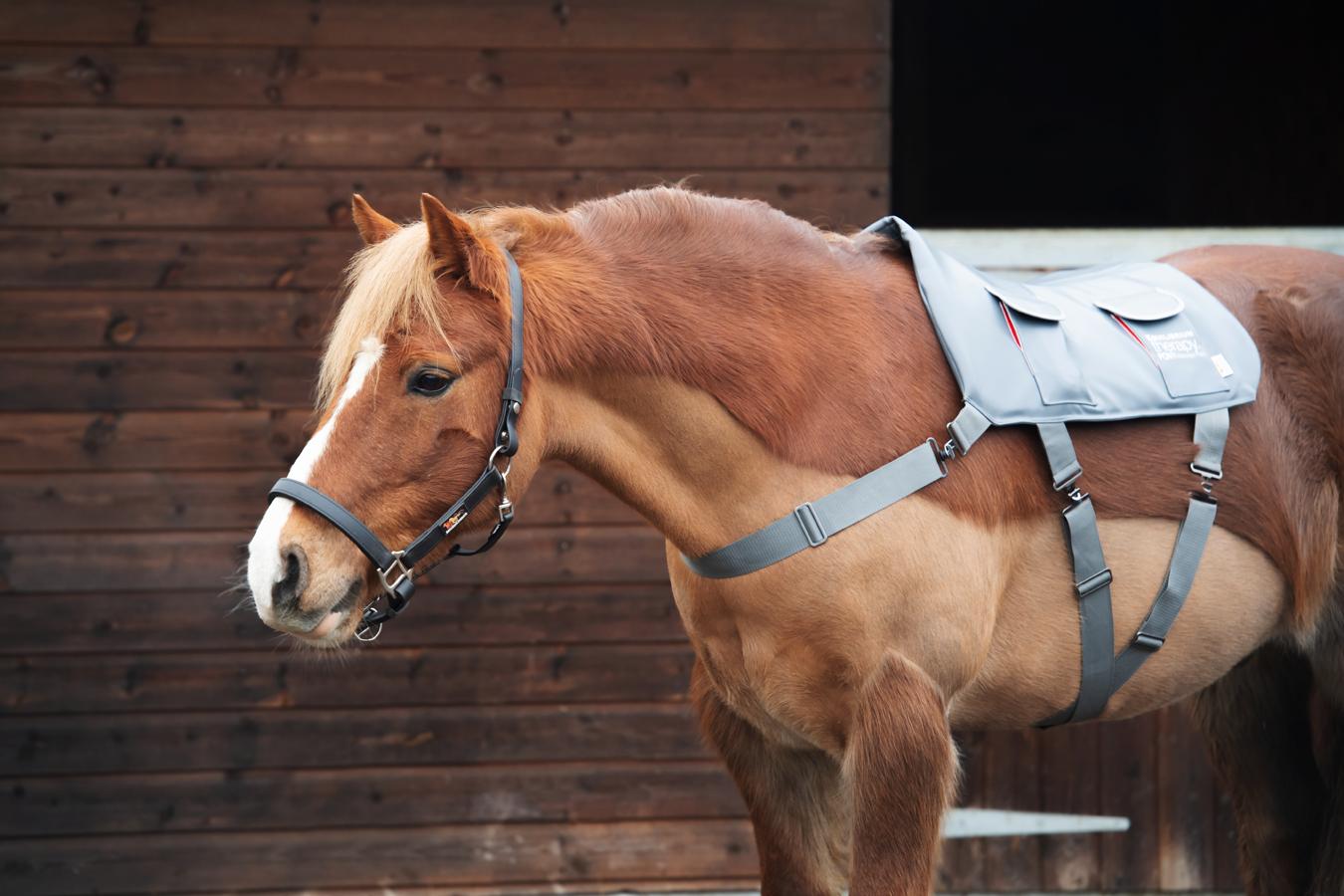


The Pony Massage Pad
Recommended by Vets, Equine Therapists and Horse Owners worldwide .
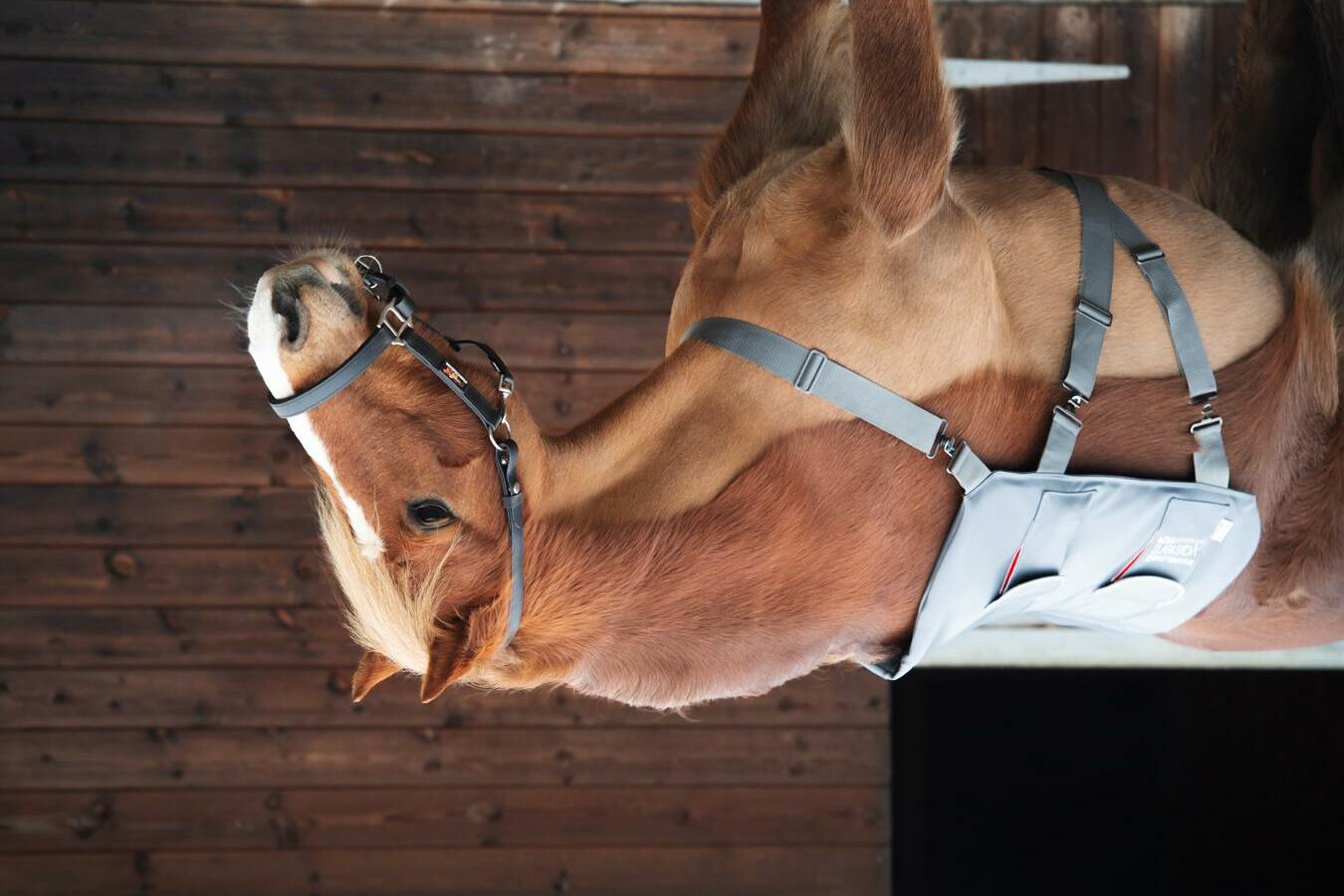
These boots
…Are made for walking
Ponies wear boots to protect their legs, but there are many different types to choose from, all providing slightly different kinds of protection. Here we look at the most common boots and explain their uses:

Overreach boots
Overreach boots protect your pony from overreach injuries, which occur when he steps on the back of his front foot with his hind foot. Some people put overreach boots on for turnout, as they are also a good way of preventing your pony from pulling his front shoes off with his hind hooves. These boots are useful for all disciplines.
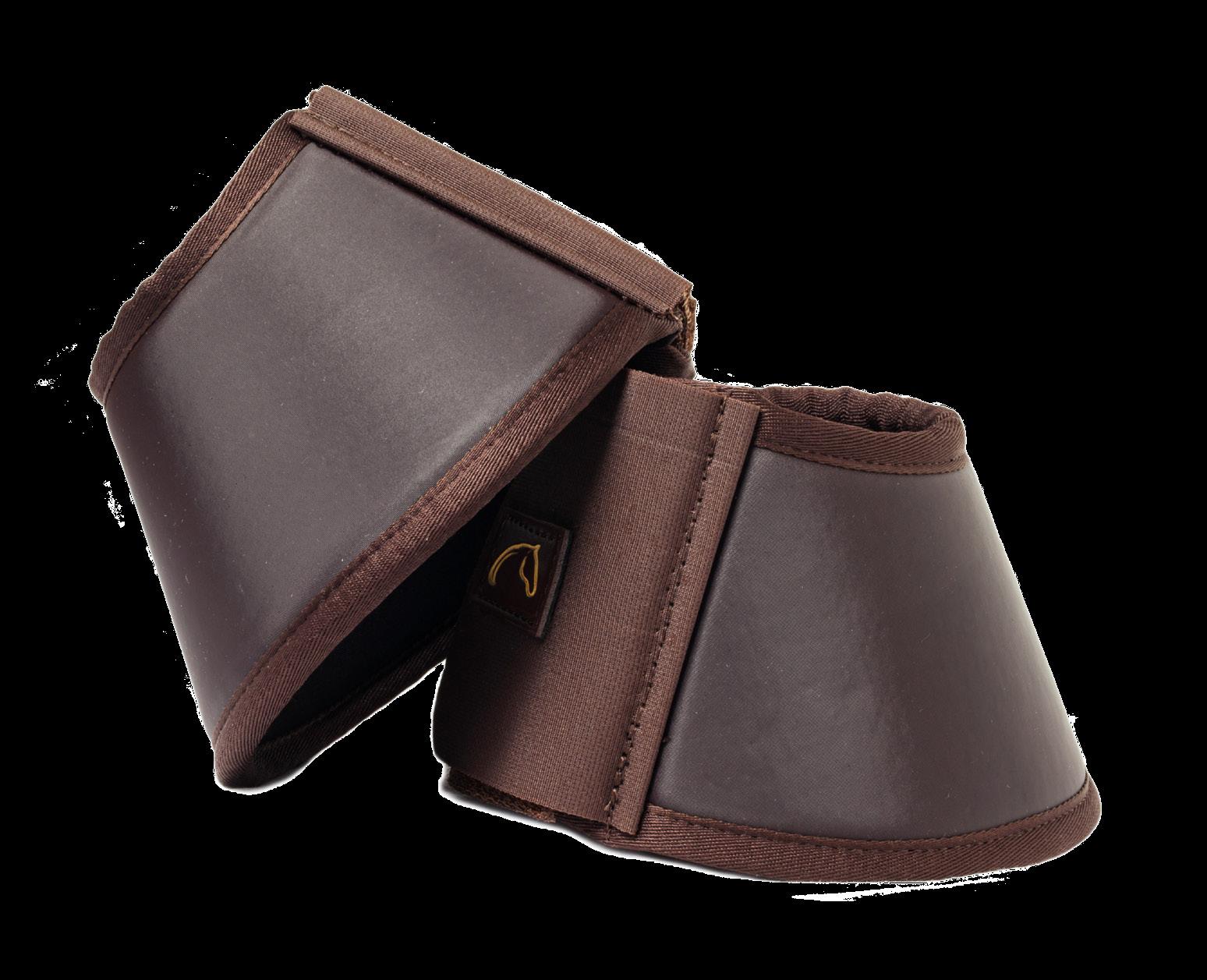
Top tip
Overreach boots should be removed or turned up at night to check for injuries and to give the hoof time to ‘breathe’. Leaving the boots on all the time can cause softening of the hoof capsule, so this time without boots is very important.
1
Brushing boots
Brushing boots are a very common boot as they can be used for lots of different purposes. They offer all-round protection from below the knee to the fetlock but aren’t too heavy. This makes them ideal for low-level jumping, polework, flatwork and hacking if your pony needs protection. These boots have a strike pad on the inside of the leg and are done up with Velcro on the outside.
Tendon boots
Tendon boots are popular with showjumpers as they support and protect your pony’s legs but are open at the front so he can still feel a pole if he touches one. They are designed to cover the back of your pony’s front leg from the knee to the fetlock, and they’re often used alongside fetlock boots on the hindlegs.

Top tip
Keep your boots clean so that you don’t irritate your horse’s legs with dirt or dried sweat and hair from previous rides.

2
Fetlock boots
Cross-country boots
A bit like brushing boots, cross-country boots offer all-round protection. They’re a bit sturdier though, and most are breathable to keep your pony’s legs cool while he motors around the cross-country course. The extra protection offered by these boots is great for eventers, as they ride over solid fences which won’t budge if knocked!
Top tip
Remove boots as soon as possible after work to allow your pony’s legs to cool down quickly.

Take home message
There are lots of different boots on the market, so make sure that whichever boot you choose fits your pony well and offers him sufficient protection for the work he is doing.
3

Rising trot without stirrups
Say what?
Riding without stirrups is unlikely to be your favourite exercise. In fact, most of us dread a stirrupless session. And yet, we do it because we know it helps - riding without stirrups helps our seat and builds our strength for future riding endeavours.
But what do you do when your instructor tells you to do rising trot without stirrups? Is that even possible? Here we look at this challenging exercise and see that it isn’t QUITE as bad as it sounds…

5
The exercise
Rising trot without stirrups will feel pretty weird to start with, but it’ll help you take more control over your riding, lengthen your leg and improve your balance in the saddle. Further, it makes you more aware of your body and builds different muscles, which will really help with whichever disciplines you compete in. So cross over those stirrups and follow these steps:
1. Trot large around the arena focussing on sitting tall and leaning back very slightly until you feel your core muscles engage.
2. Relax your legs down and keep your knees away from the saddle.
3. When you are ready, make tiny rises as though you are doing a squat. You’ll need to engage your glutes to push your hips forward and lift them slightly out of the saddle.
Troubleshooting
• Take care not to grip with your knees, as this completely defeats the purpose of the exercise!
• If you can’t seem to lengthen your legs, practice bending your knees and lifting them up and away from the saddle before letting your legs go loose and hang down. This is tricky but does help you to stretch out your legs.
• If you are struggling, make sure you are not trying to rise too high. The rises of the rising trot without stirrups are really very small, so don’t panic and just keep going.
6
Carrot stretches
Whilst our ponies might not be able to join us in our yoga classes, they can definitely benefit from a good stretch. Carrot stretches are a great way of encouraging your pony to stretch, as the tasty carrot ensures your pony will be motivated to give you the best stretch he possibly can!
Benefits of carrot stretches

Carrot stretches are great because:
• They help to increase your pony’s suppleness
• They can reduce muscle soreness and tightness
• They can reduce the risk of injury
• The can improve co-ordination
• They can help your pony to relax
How to start
When you start doing carrot stretches, it is important to go slowly as if your pony is not used to stretching he might find the exercises quite tricky to begin with. You also need to remember that it takes a bit of time to see the benefits of carrot stretches, so doing them once is not going to be enough. You should try and do carrot stretches 2-3 times per week and if you are patient and stick with this routine, you’ll see big benefits over time
NOTE: Make sure the carrots you are using are long enough to keep your fingers safe if your pony gets a bit greedy. If you are concerned about this, consider holding a tasty lick in your hand instead of the carrot.
7
Lateral stretch
This is the easiest stretch to do so it is a good idea to start with this one. This stretch lengthens the muscles in the neck and the side of the spine. It also improves your pony’s ability to bend through his neck.
To do it:
• Stand by your pony’s left shoulder and face towards his head.
• Keep your outside hand with the treat at roughly waist height and encourage him to bring his head around so that he’s facing you, without moving his feet.
• Hold for five seconds before allowing him to eat the carrot.
• Repeat three times more and then do it on the other side.
Chin to chest
This is quite a deep stretch for your pony so he probably won’t be able to touch his chest with his chin straight away, but you can build up to it over time.


To do it:
• Stand by your pony’s shoulder and face his head.
• Bring your hand with the carrot down to just in front of his chest.
• His head and neck should stay in a rounded position for a few seconds and then he can eat the carrot.
• Repeat two or three times more.
Top tip: It can be a good idea to alternate which shoulder you stand at in this exercise, as some ponies will naturally twist towards the side you are standing on.
8
Touch the toes
This flexes the muscles in your pony’s withers and back, which he needs to use for jumping or working in a frame. You may find that your pony bends one of his front legs to try and reach the carrot. This is fine as long as he is still engaging his core by lifting his back and stomach.
To do it:
• Stand by your pony’s shoulder and face his head.
• Keep his head straight and encourage him to bring it down between his front legs by leading him there with the carrot.
• Hold the stretch for around five seconds and then let him have the carrot.

• Repeat three more times.
Long and low
This stretch encourages your pony to bend his neck to the side, but also to lower it as well. This works like the lateral stretch to work the muscles along his spine, but by asking for the lowering of the head it also works his core.
To do it:

• Stand just behind your pony’s left shoulder, around where the girth goes, and face his head.

• Hold the carrot in one hand and encourage your pony to bring his head down to the outside of his left fetlock.








• Hold for 5 seconds and then he can have the carrot.
• Repeat twice more on his left and then have a go on his right.
NOTE: You can make this stretch more challenging by bringing your hand lower and more towards his hindquarters each time.
9
Troubleshooting
• If your pony tries to move his feet to get to the carrot, it can be a sign that the stretch is too much for him at the moment. If you think this might be the case, simply reposition your pony and make the stretch a bit less challenging. If you suspect your pony is just following the carrot, then reposition him and start the stretch again, but without making it easier. Over time your pony will understand what you are asking and bend his body rather than moving his feet.
• If you find your pony tries to step back to get the carrot, then try doing the exercises in his stable where there is less room for him to move around.

10
What is Polocrosse?
Text | Kirsty Rault
Polocrosse is a team sport played on horseback between two teams with six players on each team. Each team is then divided into two sections, with three players in each section. Each section is made up of an attack player (No.1) who scores the goals, the centre player (No.2) who plays both offence and defence, and the defence player (No.3) who stops the other team’s No.1 from scoring the goals.
A chukka is played for six minutes at a time, and the sections alternate on and off the field, with each section playing a total of three chukkas each.
The equipment needed is simple - a helmet is compulsory, as well as riding boots. Each player is equipped with a racquet which is roughly 90cm long. It has a cane shaft and a thickened handle, with a round head fitted with a loose string net which holds the ball. The ball is a soft thick-skinned sponge ball about 10cm in diameter. Spurs and whips are allowed, but whips must have a flap at the end. Horses are to have saddles and bridles, with all four legs bandaged and coronet boots on all four legs.
The polocrosse horse
When it comes to finding the right horse for the game of polocrosse, your options are broad. Any horse may play this sport with the exception of stallions, mares in foal and horses with vision problems. Most players in South Africa seem to favour Thoroughbreds and Australian stock horses for the game, as they have the speed and agility to stop and turn quickly when needed, but any breed is suitable to play.

11
he Junior Classics
On the 29th of April, we saw the 2022 Junior Classics kick off at Bishopstowe Polocrosse Club in KZN. Children and Juniors travelled with their horses from all over the country to play in this three-day tournament. We caught up with 13-year-old Tristian Van Der Walt over the weekend to ask her a few questions:
1. When did you start playing polocrosse?
I started playing polocrosse in 2017. I was eight years old and never looked back!
2. What is your favourite position to play?
I love playing the Number 3.
3. How many horses do you have?
I have two horses – Gitana and Honey.
4. Who is your favourite horse to play polocrosse with?

I like playing with both my horses because they both have different strengths.
5. Where do you live?
Rosetta KZN
6. Who are your polocrosse idols?
Lauren Haynes and Natalie Maclarty.
7. What advice do you have for other girls looking to better their polocrosse?
You need dedication, a willingness to work hard and belief in yourself!
8. What is your favourite motto?
Hard work beats talent when talent doesn’t work hard.
12
Did you know?
If you breed a chestnut mare with a chestnut stallion, you’ll always produce a chestnut foal. And – interestingly - if you breed two black horses together you can also get a chestnut foal!

13

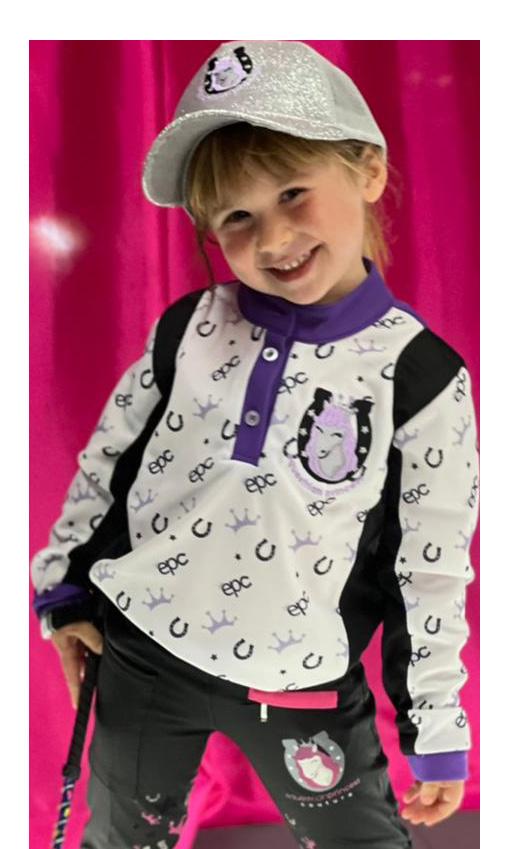
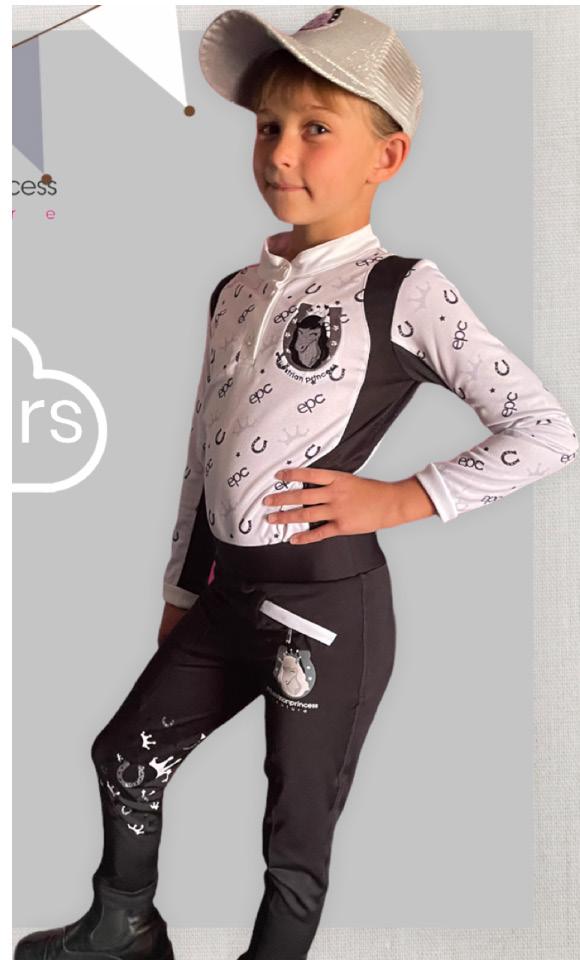

011 468 3717 Crocus Road,Kyalami,Midrand online@equestriandivacouture.co.za
12. The Lusitano
Profile
Breed name: Lusitano
Other name: Pure Blood Lusitano or PSL (Puro Sangue Lusitano)
Height at withers: Normally between 15.1 and 16.1hh (155-165cm)
Country of origin: Portugal
Ancestors: Iberian and Barb
Colours: Usually grey but can be any solid colour
The Lusitano breed is strongly built, yet hugely agile and for these reasons is often described as the ‘pride of Portugal’. Many people consider the Lusitano to be the Portuguese equivalent of the Andalusian horse (the breed we will look at next month), but there are differences between the two breeds. For example, the Lusitano has a lower-set tail and has a more sloping croup than the Andalusian.

15
History
The exact origins of the breed are not known. It is generally thought that the Lusitano originated on the plains of southwestern Iberia, and was used for farm work, riding and by the Portuguese cavalry.

In the 19th and 20th centuries blood from overseas was introduced to make the breed heavier for work on the farms. Many thought this was a great tragedy for the breed, and caused a great loss in quality. Fortunately, a group of breed enthusiasts put together a very strict breed standard, and through a selective breeding programme, were able to restore the original qualities of the breed, including its great balance and superb action for dressage.
Features
The features for which the Lusitano is best known include:
• Athleticism: The Lusitano is known as an agile and strong horse, with excellent natural balance. He has strong, muscular legs and a thick broad chest. The hindquarters are rounded and sloped, which gives a low-set tail and plenty of power behind. He is excellent at many disciplines.
• Handsome features: The head of the Lusitano is beautifully put together. It is Baroque and elegant with a slightly convex profile.
• Fast learners: The Lusitano is very easy to train and adapts well to the demands of various disciplines.
16
Did you know?
The breed was only formally named ‘Lusitano’ in 1966. The breed was named after the ancient Roman province of Lusitania, which included most of modern-day Portugal. Before 1966, the breed was under the Andalusian name.

Roles
The Lusitano was the traditional horse of the Portuguese bull-ring. Agile, intelligent and brave he was considered the perfect horse for bullfighters to ride. The horses were also ridden by companeros, when looked after the bulls that were bred for fighting.
Portuguese vaqueros (Portuguese cowboys) also often ride Lusitanos to herd cattle, using long poles. The poles, called garrochas, form part of elaborate horseback displays and feature in the sport of working equitation.
The breed’s excellent classical dressage skills have seen Lusitanos compete at Olympic level and in the World Equestrian Games as part of the Portgueuse and Spanish teams. The breed is also talented in showjumping and driving, and has taken part in several international events. In fact, the Belgian driving team of Lusitanos have won multiple international titles.
17


Did you know
There are more than 200 breeds of ponies!

19

For information on advertising contact Courteney Ferreira on courteney@dqmagazine.co.za Dr Lizzie Harrison on lizzie@dqmagazine.co.za CLICK HERE TO VIEW OUR LATEST ISSUE
Aktiv Equine Bit Butter
Aktiv Equine Bit Butter, your pony’s very own lip balm!
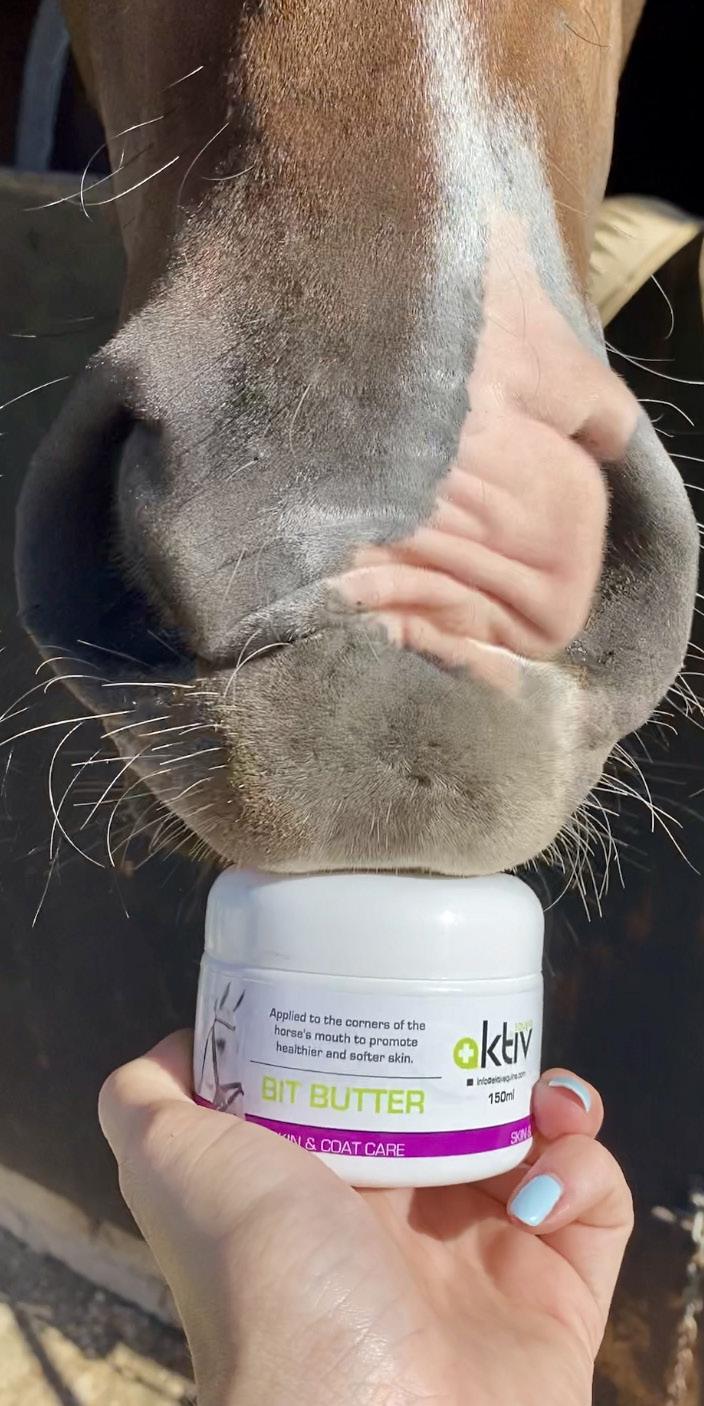
Why do we love Bit Butter?
• Moisturises skin, encourages healing, and adds ‘slip’ in the corners of your pony’s mouth where the bit makes contact
• Reduces uncomfortable rubbing in bit contact areas, caused by chafing on dry or sensitive skin
• Improves bit acceptance, resulting in improved concentration and overall happiness when working
This mouth softening complex is intended for use on horses and ponies, but riders love it too for chapped lips!
Find Aktiv Equine Bit Butter in-store and online at Western Shoppe.
www.westernshoppe.com

21
PRODUCTS WE LOVE
Q:Why do riding tights, breeches and jodhpurs have grips in different places? And which ones should I buy?
A:Grips on riding tights, breeches and jodhpurs are a great way to get a bit of extra stability in the saddle. Where these grips are placed will affect where you get the extra ‘stickiness’.
If you do lots of dressage and flatwork, then ‘full seat’ grips are handy as they go across the whole seat and inside of your legs. Lots of the movements in dressage rely on you having a good seat and contact with your pony’s back through the saddle, and these ‘full seat’ grips can help you to achieve this.
On the other hand, if you do a lot of jumping, you probably won’t want ‘full seat’ grips as you need to get out of the saddle easily to clear fences. You are likely to find that having grips in just the knee area is helpful. If you prefer, you can also get tights, breeches and jodhpurs with no grips at all.
Ultimately, however, the most important part of the choice comes down to personal preference. Do you like your legwear to have plenty of grips or not? Is the style you have chosen comfortable for you? Provided you feel secure and you are comfortable, you don’t need to worry too much about which ones you are wearing! Choose whatever you prefer!
22
Q: My pony has started to drag his back feet in the arena. It’s a new problem. What could be causing it?
A: There are many reasons that a pony might start to drag his hind feet. Hind feet are dragged when there isn’t enough flexion in the hindlimb to allow the pony to lift his feet high enough to get off the ground. This inability to pick up the hind feet properly could be caused by pain, weakness, fatigue, neurological problems, physical abnormalities or laziness.

It is crucial to get in touch with your vet as your first port of call. They will probably want to do a few tests to narrow down the list of potential causes for hoof dragging. They might suggest changes to the work you do with your pony or want additional investigations to look deeper into the problem.
Once your vet has determined the reason for the hoof dragging, they’ll be able to suggest the best way to treat him and how you can manage it going forwards.
23
Q: How do I know if my pony needs a breastplate?
A:A breastplate is used to stop the saddle from slipping back and can provide an extra safety measure because it has a neck strap that you can hold onto if you feel unbalanced. However, it restricts shoulder movement, so it should only be used when needed.
If you notice that your pony’s saddle is slipping, do not go straight to buying a breastplate. Saddle fit is very important in ensuring your pony is comfortable in their work, so if the saddle is slipping, there is a problem, and you need to chat to a qualified saddle fitter. The qualified saddle fitter will check if your saddle is fitting as it should. It might be that the saddle needs altering as your pony has changed shape, and you don’t need a breastplate. In some cases, however, your pony may benefit from a breastplate, and the saddle fitter will be able to advise you of this.
NOTE: Breastplates can restrict the movement of your pony’s shoulders, so make sure to ask your saddle fitter and instructor to check the fit of the breastplate before riding in it.

24
25

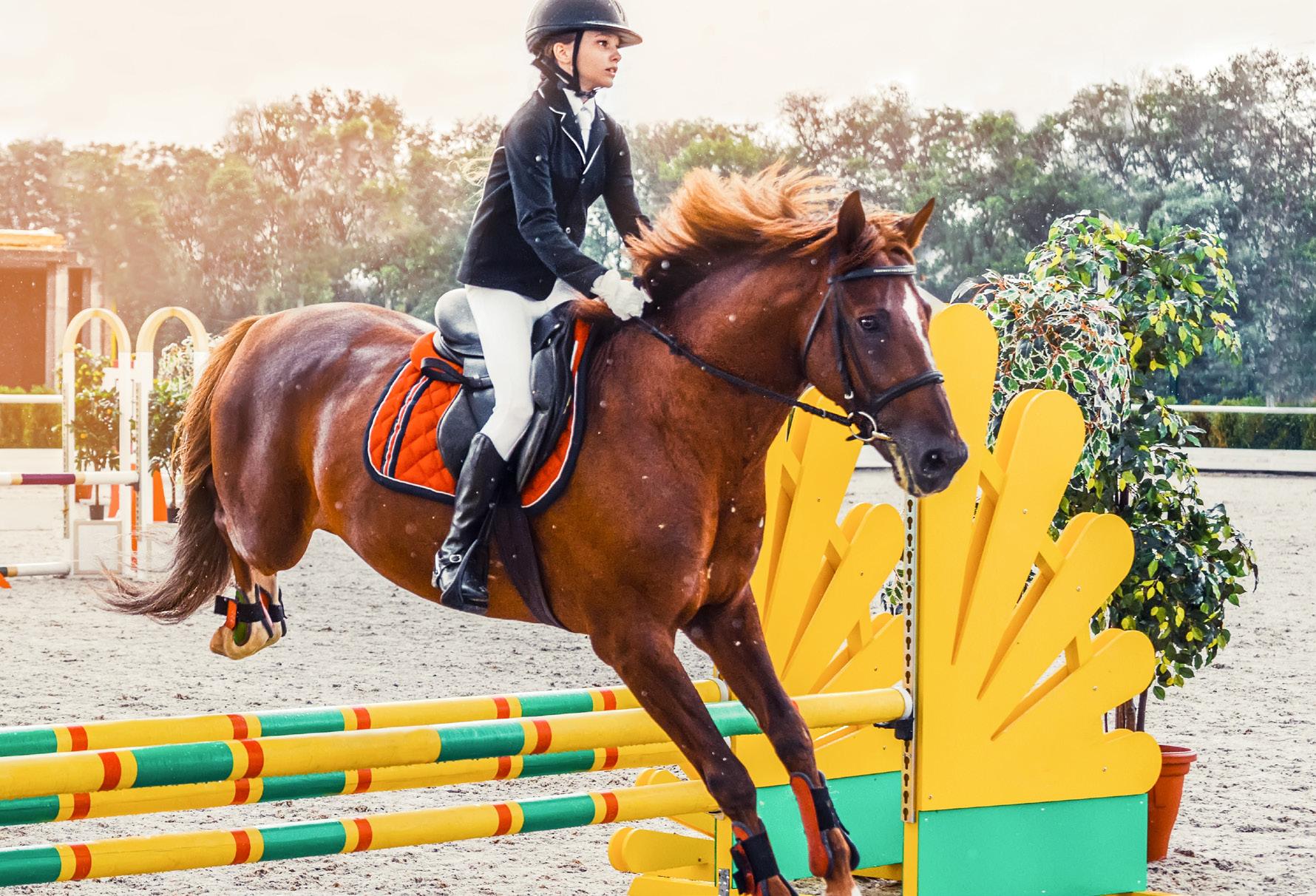
26
CAN YOU SPOT THE 10 DIFFERENCES? CAN YOU SPOT THE 10 DIFFERENCES?
CAN YOU SOLVE THE WORD SEARCH?
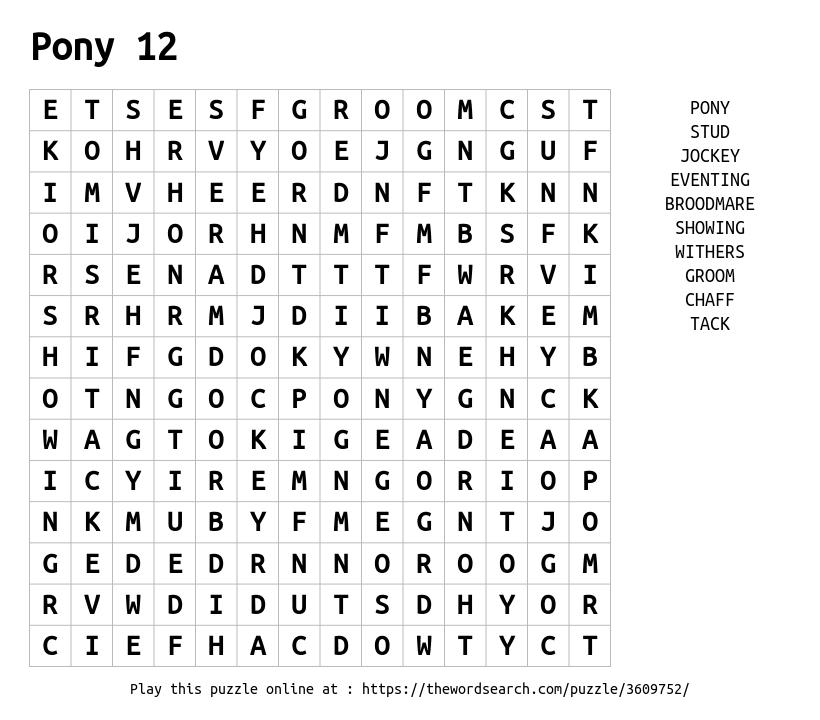
27
30 x 30 'moon' shaped maze START FINISH 28
CAN YOU SOLVE THE MAZE?
OUR NEXT EDITION OF HQ PONY
MAGAZINE AVAILABLE ON 1 JUNE. SEE YOU
THEN!
29
































































